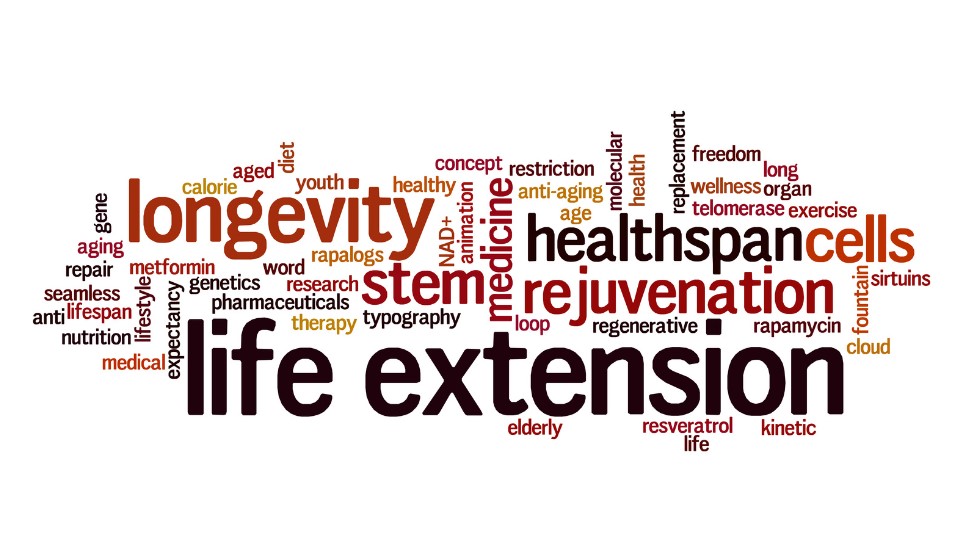The human body, with its wondrous complexities, never ceases to amaze me. The brain, responsible for managing countless functions, operates seamlessly to facilitate life and daily activities.
Numerous decisions occur in split seconds, unbeknownst to our conscious awareness. Heartbeat, digestion, liver and kidney function, hormone regulation, and chemistry balancing all transpire silently. Yet, there are other aspects within our control, such as breathing.
You can consciously hold your breath for as long as possible, even until unconsciousness, but what happens next? Without our conscious intervention, our brain instinctively kicks in, ensuring we take a breath to “right the ship.”
Movement, too, follows an intriguing course of action. From birth, it seems natural and effortless. Crawling, taking those first steps, running, jumping—playing and daily activities require little effort and become second nature.
However, as we age and progress into later stages of life (usually starting in the mid-40s and accelerating into our 60s), even simple movements can become laborious and demand more concentration and thought.
For instance, an agility-based obstacle course that would be easy to navigate in our 20s might prove challenging in our 70s. This difficulty stems not only from changes in conditioning but also from declines in movement proficiency, such as balance, foot speed, and coordination.
Over time, diminished movement proficiency can manifest in various ways, including decreased strength, reduced power (such as struggling to rise from a chair), diminished fine motor skills, distorted movement patterns (such as shrugging shoulders while pushing with arms), stumbling or shuffling while walking, and more.
These developments occur because the brain has lost some of its capacity to process movement autonomically, without conscious thought. Much of this can be attributed to a decline in neuromuscular efficiency.
Fortunately, there are options for managing this process:
- Strength training exercise: By consciously controlling each phase of movement and ensuring quality muscle contractions, this multi-level approach can effectively halt the decline in the mind-body process.
- Tai Chi: This martial art form, characterized by slow movements, focuses on achieving harmony with the body. Through precision, control, and mindfulness, it enhances movement proficiency.
- Yoga: Yoga integrates mindfulness into movement, promoting functional strength while providing the body with adequate stimulation.
- Engaging in physically related sports/activities: When the brain and body are regularly engaged in demanding tasks, the necessary resources to facilitate movement are more likely to be maintained.
By embracing these options, older adults can proactively manage the decline in movement proficiency, maintaining their physical well-being and overall quality of life.
Joe Carson B.S. NASM-CPT/FAS/CN
Master Trainer/Functional Aging Specialist/Certified Nutritionist
Twenty-First Century Aging





